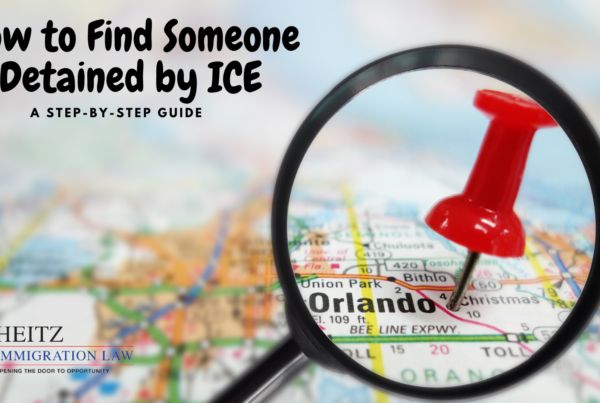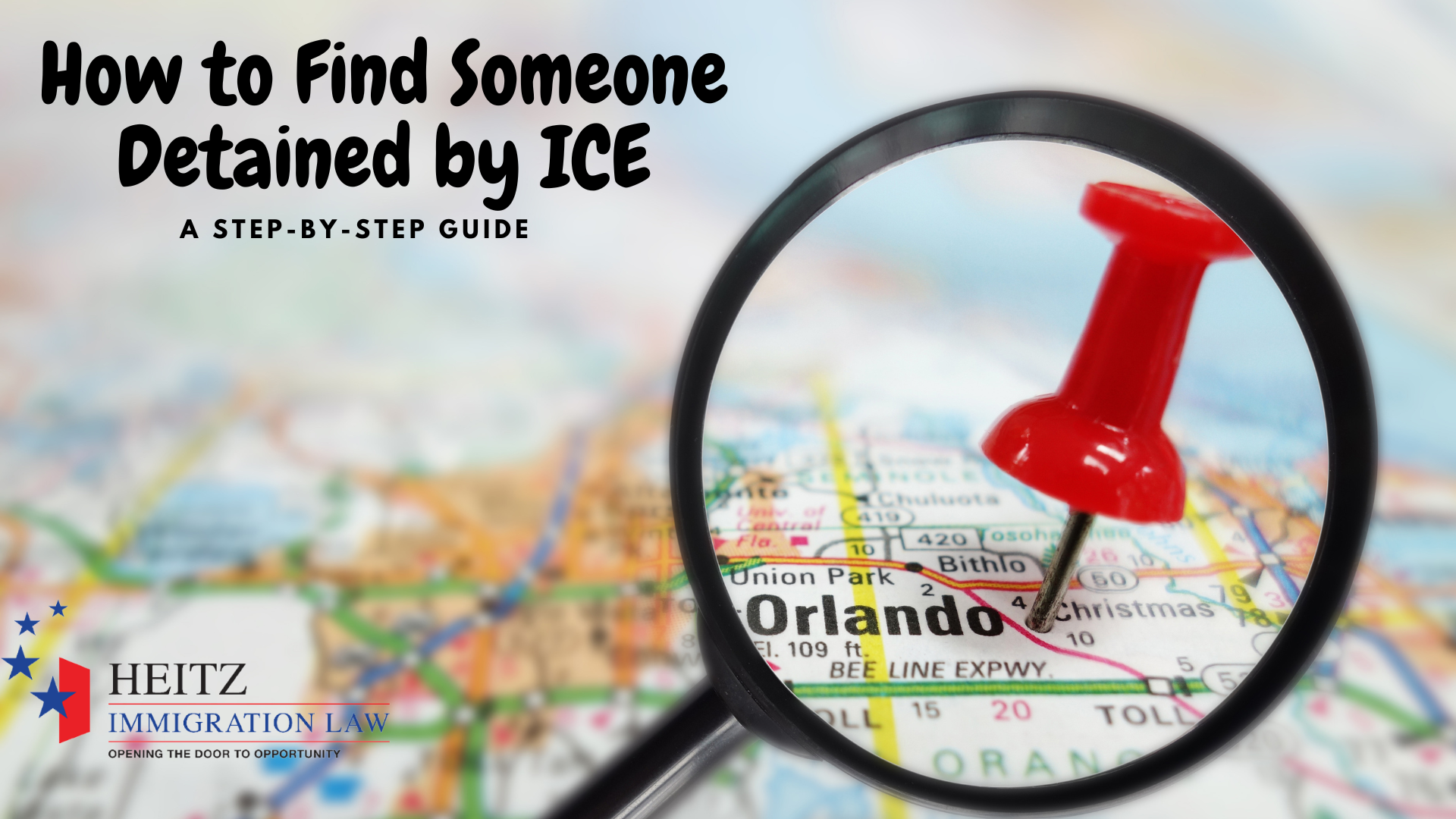UPDATE: Starting May 7, 2025, all travelers age 18 and older flying within the U.S. must show a REAL ID-compliant driver’s license or ID card at TSA checkpoints, or use another acceptable form of ID like a valid U.S. passport, green card, or certain trusted traveler cards. You’ll also need a REAL ID to access some federal buildings and military bases. To get one, visit your state’s DMV with proof of identity, your Social Security number, and proof of residency (specific documents may vary by state).
This rule applies to U.S. citizens, green card holders, and anyone who is eligible to obtain a state-issued driver’s license or ID. If you’re a foreign national traveling through the U.S. and don’t have a REAL ID or U.S. government-issued ID, you can still use your valid foreign passport for domestic flights.
However, if you are undocumented and do not have any authorized immigration status in the U.S., we strongly advise against flying domestically. TSA security checkpoints can lead to encounters with immigration officers, which may result in serious consequences for those without legal status.
As an immigration attorney who understands the complexities and concerns surrounding the U.S. immigration process, one of the most common questions I receive from green card holders is whether it is safe to travel, both within the U.S. and abroad. Whether it’s a vacation, a business trip, or a visit to family, the decision to travel can be intimidating, especially when you hold a green card and may be worried about how it could affect your permanent resident status.
In this blog, I’ll walk you through the important considerations for green card holders when it comes to traveling, and provide guidance on how to ensure your travels are safe and won’t jeopardize your immigration status.
Travel for conditional LPR’s
Conditional lawful permanent residents (those who received a two-year green card based on marriage or investment) are generally permitted to travel internationally while their status is still valid. If you are still within the two-year validity period of your conditional green card, you can travel abroad as long as you carry your unexpired green card and passport from your home country. However, it’s important to avoid trips longer than six months as discussed above, since extended absences could raise questions about your intent to maintain U.S. residency and could complicate your removal of conditions process.
If you have already filed Form I-751, Petition to Remove Conditions, and your case is pending, you are still authorized to travel outside of the United States. USCIS issues a receipt notice (Form I-797) after you file the I-751, which automatically extends your green card status for a designated period (currently up to 48 months). When traveling internationally during this time, you must carry your expired green card along with the I-751 receipt notice to prove that you still have valid status. Without these documents, you may face delays or difficulties re-entering the United States. As always, it’s best to avoid long trips and to return before the expiration date on your extension notice to minimize any risk at the port of entry.
Traveling Within the United States
For green card holders, traveling within the U.S. is generally not an issue. As a lawful permanent resident, you have the right to move freely within the country, whether for personal or professional reasons. There are a few things to keep in mind:
- Proof of Residency: Always carry your green card with you when traveling within the U.S. Although it’s not always asked for, you may need to show it to authorities in rare situations, such as during airport security or interactions with law enforcement.
- State Identification: If you’re planning to fly, make sure you also carry a valid state-issued ID or a REAL ID, as some airports require additional identification for security screening.
- Changes of Address: If you move, it’s important to update your address with USCIS within 10 days of your move. Failing to do so can lead to issues if you’re contacted about immigration matters while you’re away.
Traveling Internationally
When it comes to international travel, the situation becomes more complex. Green card holders have the right to leave and return to the U.S., but there are specific risks and guidelines you should be aware of to ensure your re-entry is not delayed or denied.
Key Considerations Before Traveling Abroad
- Re-entry Permit: If you’re planning to travel outside the U.S. for an extended period—generally more than six months—it is recommended to apply for a re-entry permit before leaving. A re-entry permit essentially acts as a “travel document” that helps ensure you won’t be considered to have abandoned your permanent resident status upon returning. Without it, staying abroad for an extended period (more than six months) could raise suspicions about whether you intend to maintain your U.S. residence.
- Length of Stay: If you stay outside of the U.S. for more than a year without a re-entry permit, you may be at risk of losing your green card. Long-term absences may cause USCIS to believe you’ve abandoned your status. Even stays shorter than a year can still raise questions if they are frequent or leave you with gaps in your time physically present in the U.S.
- Immigration Inspections Upon Return: When returning to the U.S. from abroad, be prepared for an inspection by U.S. Customs and Border Protection (CBP). CBP may ask you questions about your trip and your intent to maintain U.S. residency. If you have a history of prolonged or frequent international travel, they may ask further questions to ensure you’re abiding by the terms of your green card.
- Documents to Carry: Always bring your green card and passport, and if applicable, your re-entry permit or other immigration-related documents. You may also want to bring evidence of your U.S. ties, such as a U.S. bank account, tax returns, or a job in the U.S. These can serve as proof that you intend to continue living in the U.S.
- Travel to Countries with Entry Restrictions: Some countries have restrictions for individuals with a U.S. green card, particularly if they come from specific countries of origin. Before planning your trip, check with the embassy or consulate of the country you intend to visit to confirm any potential entry restrictions.
- Naturalization and Citizenship Considerations: If you’re planning on applying for U.S. citizenship, travel patterns could impact your eligibility. For instance, if you’ve been absent from the U.S. for long periods, this could affect the continuity of your residence requirement for naturalization. To apply for U.S. citizenship, you generally need to have been physically present in the U.S. for at least half of the last five years.
What Should You Do if You’ve Already Left the U.S. and Encounter Issues?
If you’ve already left the U.S. and are concerned about your green card status, there are a few steps you can take:
- Consult with an Immigration Attorney: An immigration attorney can assess your situation and provide advice tailored to your specific circumstances, whether you’re worried about maintaining your status or encountering problems at the border.
- Contact the U.S. Embassy or Consulate: If you are outside the U.S. and facing difficulties, your first point of contact should be the nearest U.S. embassy or consulate. They can offer advice or assistance with re-entry.
- Return to the U.S. Before 6 Months: If you’re nearing the six-month mark of being outside the U.S. and have no re-entry permit, it’s critical that you return before that time. Delaying your return can raise issues about your intent to reside in the U.S.
Plan Ahead for Safe Travel
Traveling as a green card holder can be safe, but it requires planning and preparation. If you’re uncertain about how your travels could impact your status, it’s always wise to consult with an immigration attorney well in advance of your trip. We at Heitz Immigration Law are here to help guide you through these decisions to ensure your rights and status as a lawful permanent resident are protected.
If you’re planning international travel, don’t hesitate to reach out to us for a consultation to discuss your situation and avoid any complications upon your return to the U.S.
Stay safe, travel smart, and remember that your immigration status is important, ensure you’re always in compliance with the law while you explore the world!








